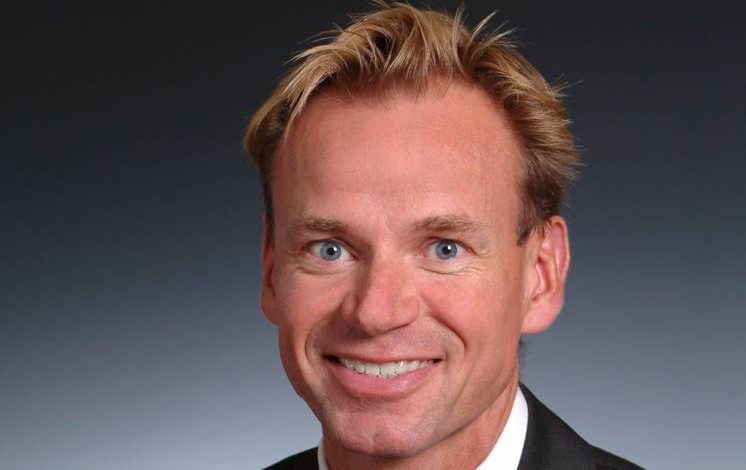Pacific Basin: On the hunt for supramaxes

Pacific Basin, the largest shipowner in Hong Kong by fleet number, is keen to add more supramaxes.
In an exclusive interview, the company’s Swedish CEO, Mats Berglund says recent supramax acquisitions are just the beginning, more will follow soon.
In August the company issued new shares to Japanese shipping giants Imabari and the Kambara family to secure four secondhand supramaxes as well as one resale.
“We still own a relatively low proportion of our supramax fleet and that’s why four of the five ships in our last transaction were supramaxes. We also liked adding more supramaxes now since typically, in a recovering market, there is more upside on the larger ships,” Berglund explains, adding: “We continue to look for and assess attractive ship acquisition opportunities to grow and renew our fleet with modern, high-quality secondhand ships or resales that can generate a reasonable pay-back and cash flow even in today’s challenging market, and can reduce our average daily break-even levels.”
Pacific Basin has about 250 ships on the water of which it owns 106. This is up from 34 owned ships in 2012.
“We proactively vary the mix of owned, long term and short term chartered ships with the shipping cycle and have increased the number of owned ships significantly in recent years due to the weak market and the historically low vessel prices,” Berglund says of the company’s owning strategy.
The five ships acquired in August were financed by issuing new shares, a tactic other big listed lines have adopted in 2017, and one Berglund is happy to deploy again.
“The structure is an example of the many options available to public companies with good and transparent governance and track record,” Berglund says, adding: “We like to keep it simple and we have sufficient scale without pools or owning ships together with other investors.”
On the markets, the Pacific Basin executive feels the worst is over for the current dry bulk cycle but the market improvement so far has been from a very low base.
“More time, scrapping and limited ordering are required for a more normal market balance to be sustained,” Berglund stresses.
Pacific Basin expects supply to grow about 3% net for 2017 but significantly less in 2018 and 2019 due to much fewer ships delivering from the yards.
“If demand continues at 2017 levels, we expect a tightening of the demand/supply balance driving a gradual recovery in the market,” Berglund hopes. Moreover, he anticipates that new ordering activity in the handy/supra segments will continue at relatively low levels due to freight rates not being high enough to provide an acceptable return on newbuildings and the still large gap between newbuilding and secondhand prices. There’s also new low sulphur and BWTS rules causing uncertainty about future ship designs and new accounting rules from 2019 discouraging new long time charters.
“With a leaner cost structure and more owned ships, we feel we are well positioned for a recovering market,” Berglund concludes.
